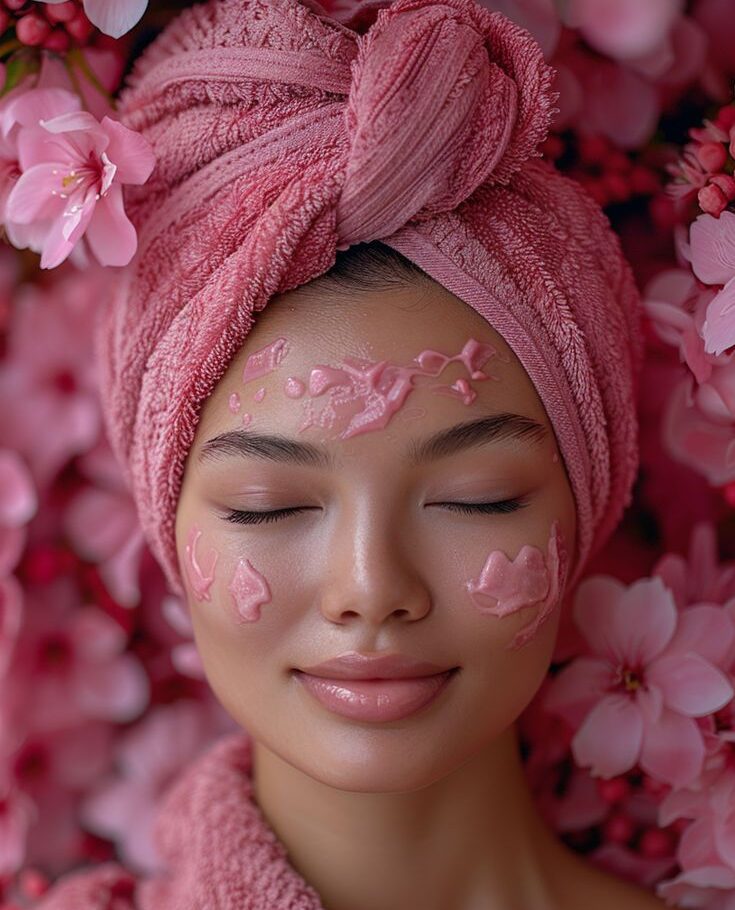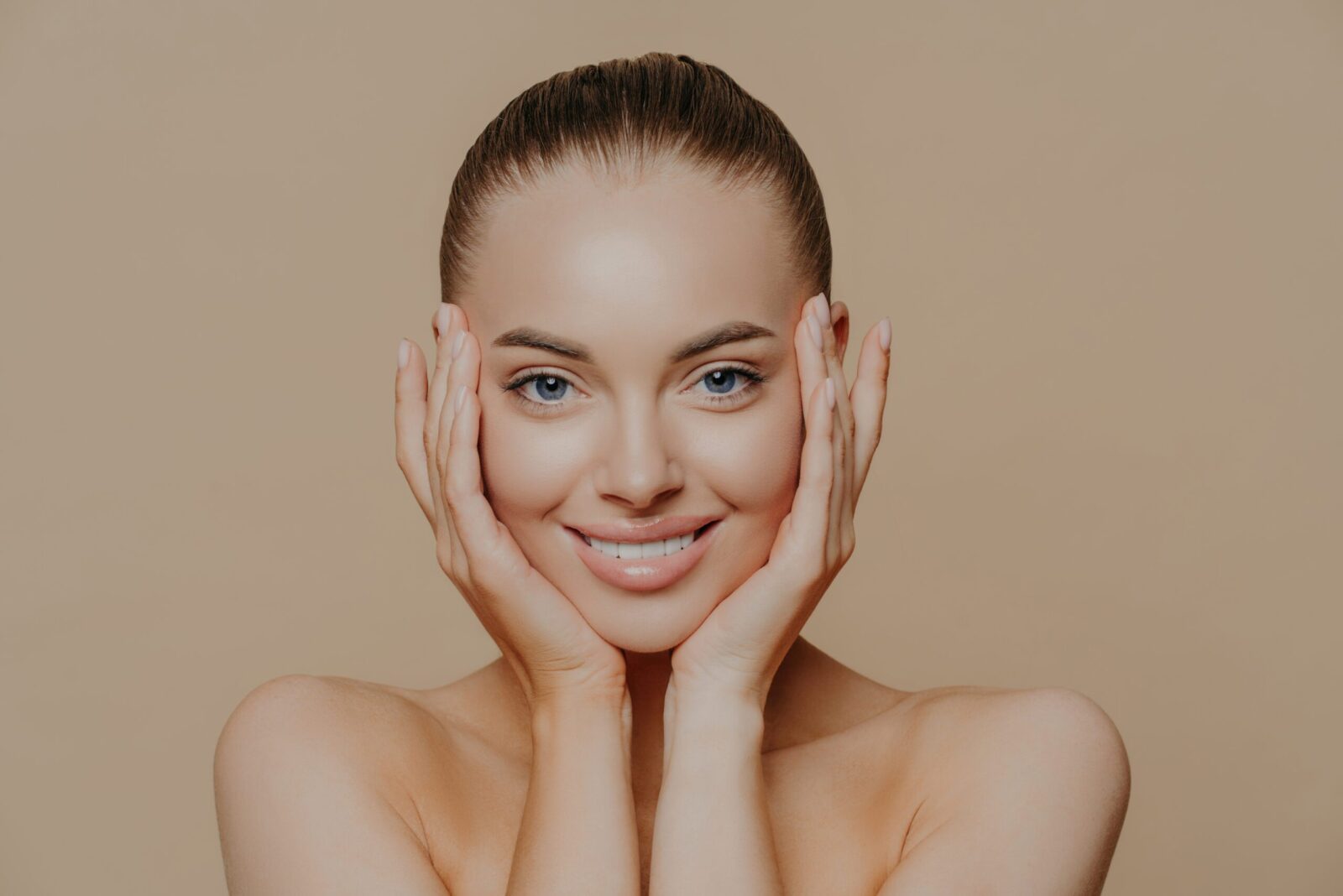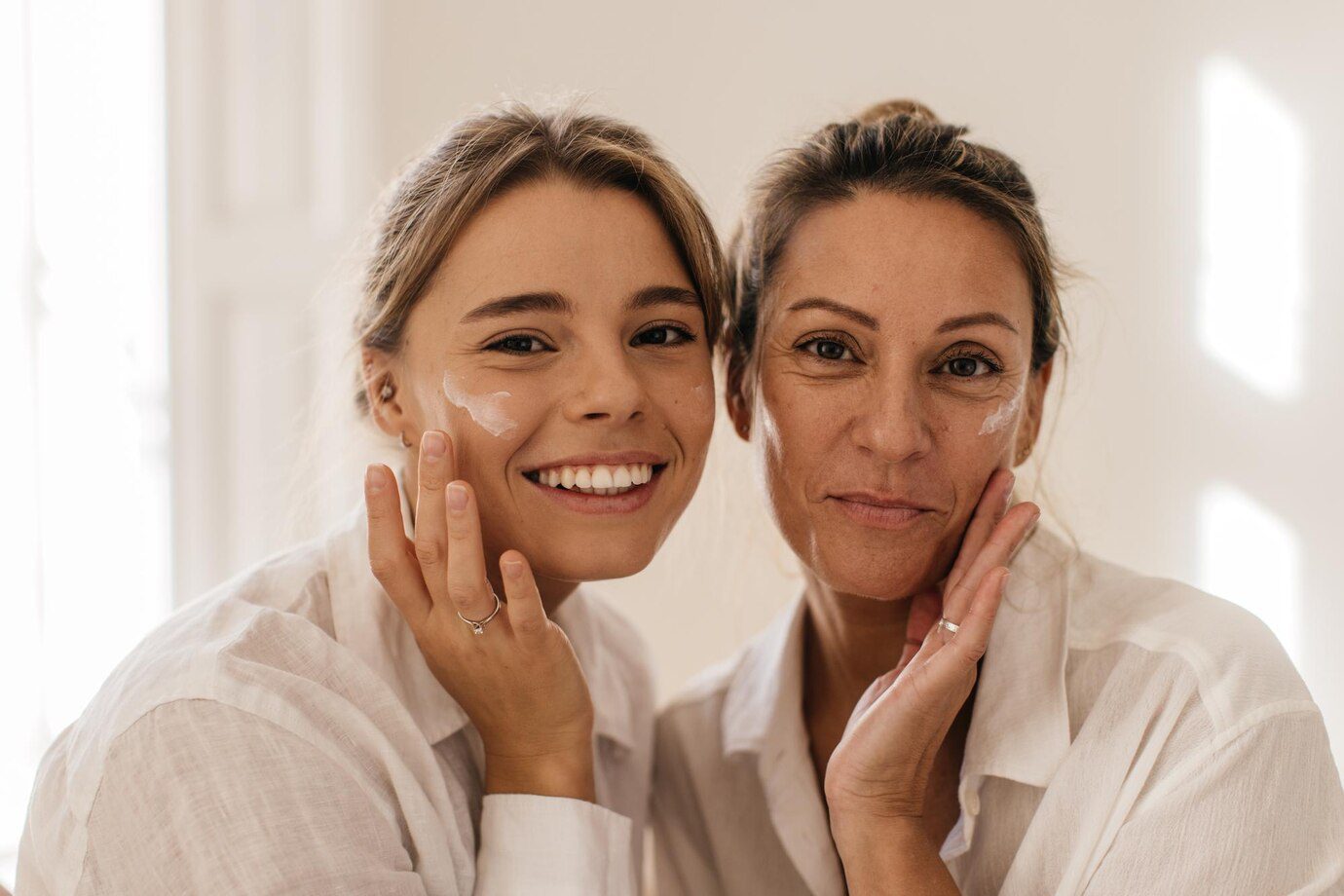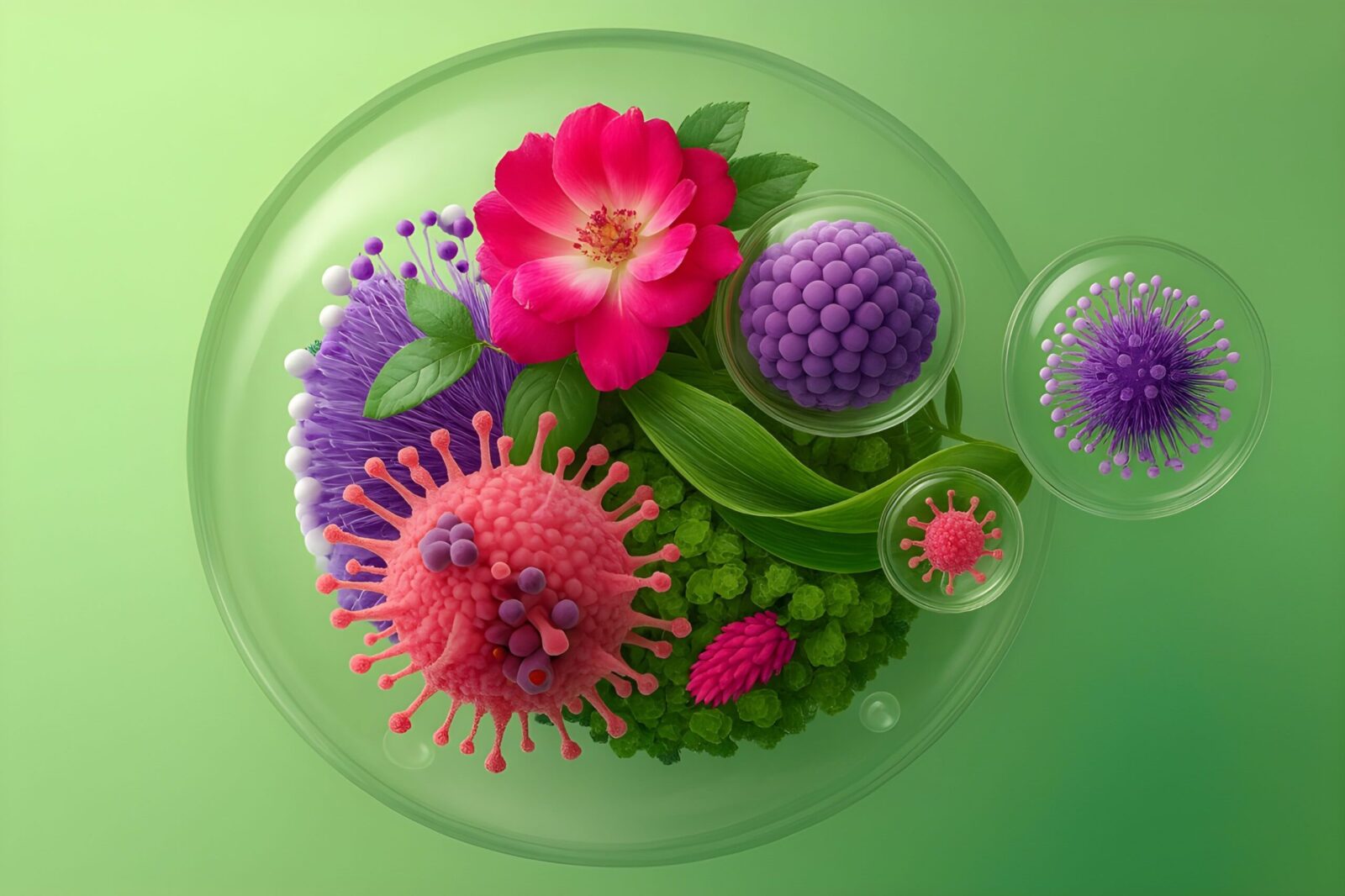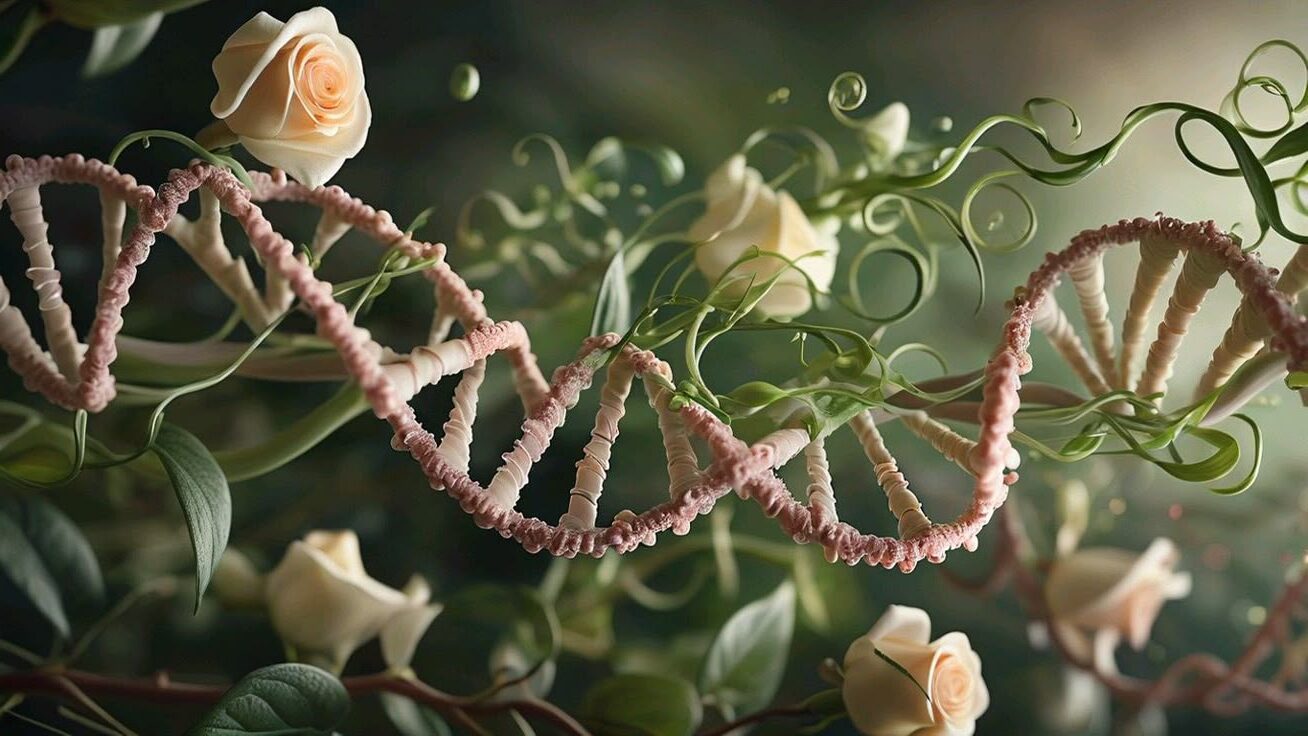Many of us have been subjected to annoying dark spots that come with hyperpigmentation for far too long. The mere existence of these spots (that vary from our natural complexion) lowers our confidence levels and dares to question our self-esteem. And that is because we think they overpower our appearance.
Be it your love for the sun or your painful past of breakouts, dark spots are the marks that linger to remind you of your little mistakes, and they are hard to get rid of. Uneven skin tone, texture and age spots make you look older than wrinkles do, and you have every right to hate pigmentation. But hating it won’t cut it, so let’s look at specific solutions that can help you fade the existence of these stubborn spots.
Only your determination can cure your skin of the condition as it takes patience and the right ingredients to show a difference. The market is stocked with ingredients and products that claim to vanish these spots, but do they do what they claim?
While the market has long fallen back on the antioxidant- vitamin C and retinol for treating hyperpigmentation, there have been positive developments in the area with ingredients that won’t disappoint you.
We will look at two ingredients that even the dermatologists have given importance to and the ones that do work efficiently to answer your skin’s concerns: Alpha-Arbutin and Kojic Acid. Both the ingredients are complexion-brighteners and work wonders on your skin in their unique way. Learn all about them and which one you should add ASAP to your skincare routine to reap sweet results.
But first, let us understand hyperpigmentation.
Although benign, hyperpigmentation targets our social life and leads to psychological complexities, and hence knowing it and how to tackle it becomes important.
Hyperpigmentation covers acne marks, sun spots, melasma, and unwanted skin tone changes under its terminology. The condition occurs due to the overproduction of melanin, the pigment that determines your skin’s color. These discolored patches are frustrating and are hard to get rid of. Numerous reasons play a part in triggering melanin production like acne, hormonal changes, sun damage, aging, etc.
Although stubborn, frustrating, and hard to reverse, the good news is that hyperpigmentation can be treated as we are about to see below.
Kojic acid: a natural skin brightener
The natural skin brightener is known to you and is popular for all the right reasons. Everyone loves gentle care, and kojic acid can do just that by gently brightening the complexion. The hyperpigmentation skincare ingredient works by inhibiting tyrosinase, the enzyme responsible for melanin production. This inhibition stops melanin production and makes kojic acid a safe, effective, gentle skin brightener.
Kojic acid, incorporated in skincare, is usually derived from fungi during fermentation. The acid is also found in soy, rice, and other grains. The byproduct of certain fungi, kojic acid, is high in antioxidants, making skin protection effective from environmental aggressors and toxins.
Kojic acid effectively penetrates through your skin layers and stops melanin production. This is why it is praised and readily used in hyperpigmentation treatments. The acid can also be used to prevent browning; it is a well-known and well-studied tyrosinase inhibitor. This further makes it a more attractive option for treating melasma, acne scars, and other dark patches.
While hydroquinone is on the top of the game in the league of skin-brighteners, kojic acid kicks it to the curb as it is comparatively less aggressive. But the naturally available acid is not entirely gentle as it is also likely to cause certain side effects like swelling and redness.
Why choose kojic acid for hyperpigmentation?
Let’s list the properties that make kojic acid an attractive option in the table of ingredients.
- Antioxidant
- Antimicrobial
- Exfoliant
If you have long suffered from hyperpigmentation and have sensitive skin, perhaps you’ve tried hydroquinone or retinoids, and these haven’t worked for you. In this case, kojic acid automatically becomes your newly revealed hidden treasure. This is because kojic acid is safe and well-tolerated by most sensitive skin types, the ones that won’t survive the wrath of retinoids.
Your uneven, pigmented complexion can highly benefit from kojic acid. Kojic acid effectively fights any hyperpigmentation, including sun damage, melasma, common PIH, acne marks, marks left behind by injuries, even dark under-eye circles.
Incorporating kojic acid in your skincare regime
Creams, serums, gels, and exfoliating pads, and the likes have incorporated kojic acid efficiency and in 1-4% concentrations.
Be it acne or melasma, dark spots from everything your skin suffered, even little bumps or scratches, can be brightened by incorporating kojic acid in your routine. You may add it as a brightening pad, potent serum, or even a face mask.
You can use the acid once or twice a day, although the application is determined by the concentration and other ingredients in your product.
Did you know?
Anti-aging skincare treatments often target dark spots to fade the dark spots and even skin tone; kojic acid is one such ingredient.
Although referred to as acid, kojic acid is naturally found and is useful for fading discoloration like age spots, sun spots, PIH- the marks breakouts left behind. However, excessive use will irritate the special kind.
Although gentle, your skin may not react that well to it, so it’s better to be sure than sorry. Do a patch test, always. The risks of allergic reactions & irritations are always there.
Wear SPF during your acid-infused hyperpigmentation treatment or be it any other pigmentation treatment as you do not want to undo the goodness by exposing your skin to potential sunspots. Being a mild exfoliant, kojic acid makes your skin susceptible to sun damage.
You can use the acid once or twice a day, although the determiner of application is also the concentration and other ingredients in your product. You must understand, this or any ingredient should not be used to tamper with your original complexion as the change will subside after discontinuation.
Alpha arbutin- the safe hydroquinone ingredient
Skin lightening ingredients are considered to be harsh and drying for sensitive skin types. But there is one ingredient that counters the usual reputation and is safe for all skin types. * Drum roll * Introducing Alpha-Arbutin, the ingredient that promises to brighten, tone, and illuminate your complexion without drying your skin. Very effective ingredients like vitamin C and kojic acid might not expose you to alpha arbutin’s hidden abilities that are very similar to hydroquinone.
Why choose alpha-arbutin?
Alpha arbutin is effective in fading the spots caused by sun exposure, pregnancy, etc. It is an enticing alternative to hydroquinone unaccompanied by the safety concerns associated with the latter. It is ideal in the sense that when your skin is rendered helpless by other ingredients due to their harshness on your sensitive skin. Paula’s Choice explains that alpha-arbutin is for hydroquinone what retinol is for retinoids. The former is a more feasible option for your skin as the latter is more potent and causes side effects.
Skin lightening apart, the ingredient also has antioxidant properties that improve skin texture, making it an optimal choice in the anti-aging skincare routine.
Incorporating alpha-arbutin in your skincare regime
Many products like creams, lotions, and serums are available over-the-counter that intend to lighten dark spots caused by the sun and brighten the overall complexion. The ingredient can also be combined with retinol and is easy to incorporate into your existing skincare routine, and can be used twice a day.
Skin irritation is an apparent side effect of alpha-arbutin along with redness, burning and stinging. You may need to reduce the number of times you use it if you experience any of it. Stick to it, be patient, let it work its wonders.
Alpha arbutin 2% + Hyaluronic acid 1% by Minimalist fades dark spots and evens out your skin tone, giving you a brighter and even appearance. The serum readily absorbs into the skin and also reduces tanning.
Kojic acid or alpha arbutin?
While studies show the effectiveness of kojic acid over alpha-arbutin, the one thing that does not allow kojic acid to come out as a clear winner is its instability when manufactured. The acid breaks down quite easily and is prone to oxidize, which means that the acid is sensitive to air, heat, and light. The oxidation makes the ingredient less effective as time flies, and this makes it hard to store. A cool, dark area where there is no contact to light and warmth proves to be a good home for kojic acid allowing it to be potent and effective for a more extended period.
When searching for a more effective option in the lightening and whitening skincare game, kojic acid is an obvious choice over alpha arbutin. As even lower concentrations that are available over the counter proved to be effective.
They are both naturally found.
Both reduce melanin production.
Both are available over the counter.
But,alpha arbutin is easier to store, and kojic acid is comparatively more effective.
Minimalist’s word of advice
Treating hyperpigmentation is more of a self-loving exercise as you are doing something for your beauty rather than curing your dark spots. It is not mandatory to treat it as it is not painful or has any underlying side effects per se, but sometimes these can impact our self-esteem. So, it would be better to address this.
Note:
UV protection is mandatory, something you cannot just let go of. Sun exposure, even for a small-time, can wash off all the hard work you have put in as UV rays can trigger melanin production.
Wrapping up
Alpha Arbutin has comparatively fewer risks than many whitening ingredients, including kojic acid, making it effective for dark spots and melanin overproduction.
While kojic acid has been proven to be more effective than alpha-arbutin, it is hard to store.
To sum it up, alpha arbutin and kojic acid prove to be effective in fading or lightening the dark spots that your skin has become used to.

